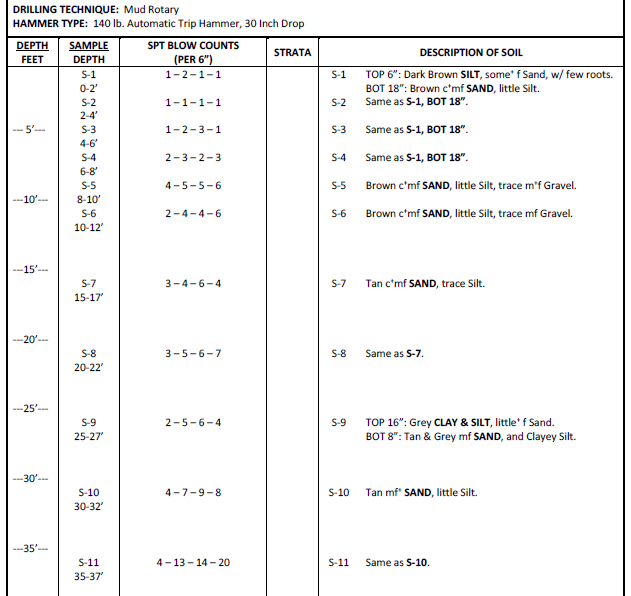I am curious what people use for the cutoff to increase the global factor of safety from 1.3 to 1.5 for "critical structures", and do you ever use anything between 1.3 and 1.5? It is pretty clear cut to me for highway applications, where if the wall supports a bridge you would automatically increase to 1.5. But how about for commercial sites? Is it certain wall height, front slope, back slope, supporting a certain height building, etc.?
My current issue is I am doing the internal stability for an MSE wall, and the global analysis performed by others used FOS=1.5 (rightfully so based on literature and 2H:1V toe slope, supporting a 3-story building 15' back, and 26-degree foundation). But I am scratching my head at 42' grid lengths with a 14' exposed height and 5.5' of embedment. The owner is asking if there is any way to decrease the excavation. I have confirmed the global stability factor of safety is right at 1.5 with these variables. I wouldn't propose using a lower FOS unless I could find justification for it. I have been playing around with embedment and undercuts with not much help. Unless there is a convincing reason to use FOS<1.5, I do not see an alternative (with the current wall type and without other ground modifications which are beyond my expertise).
My current issue is I am doing the internal stability for an MSE wall, and the global analysis performed by others used FOS=1.5 (rightfully so based on literature and 2H:1V toe slope, supporting a 3-story building 15' back, and 26-degree foundation). But I am scratching my head at 42' grid lengths with a 14' exposed height and 5.5' of embedment. The owner is asking if there is any way to decrease the excavation. I have confirmed the global stability factor of safety is right at 1.5 with these variables. I wouldn't propose using a lower FOS unless I could find justification for it. I have been playing around with embedment and undercuts with not much help. Unless there is a convincing reason to use FOS<1.5, I do not see an alternative (with the current wall type and without other ground modifications which are beyond my expertise).



